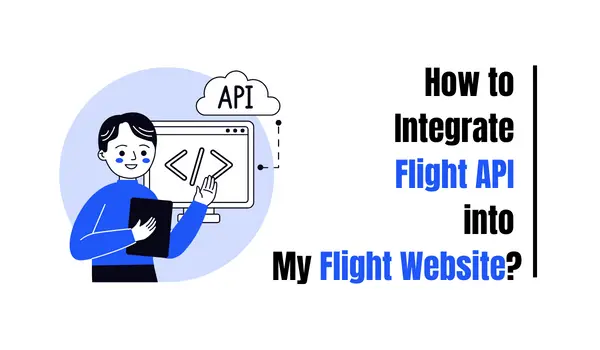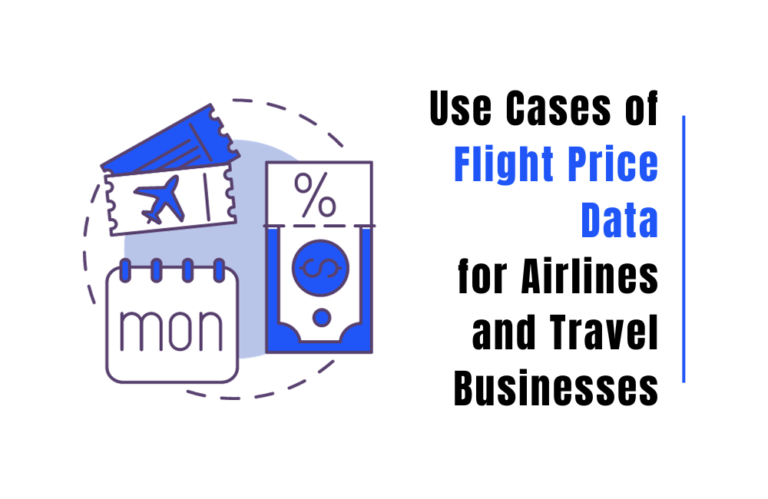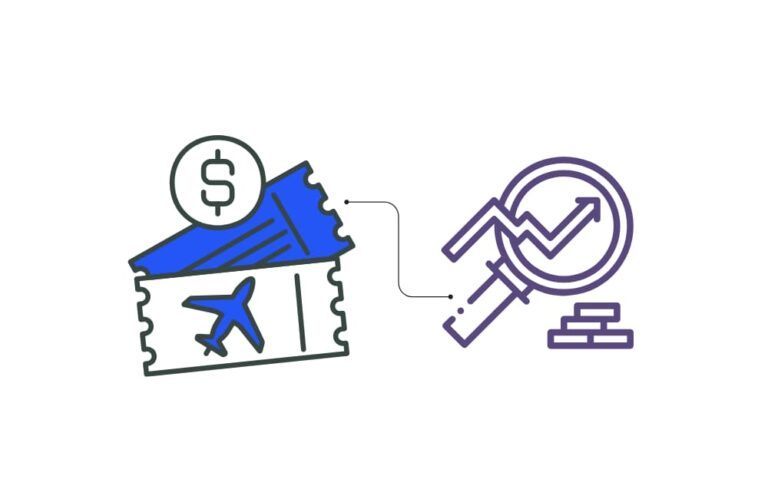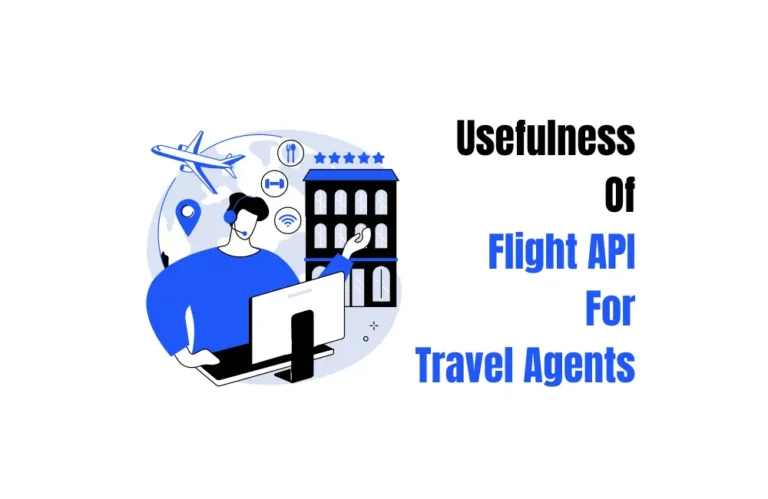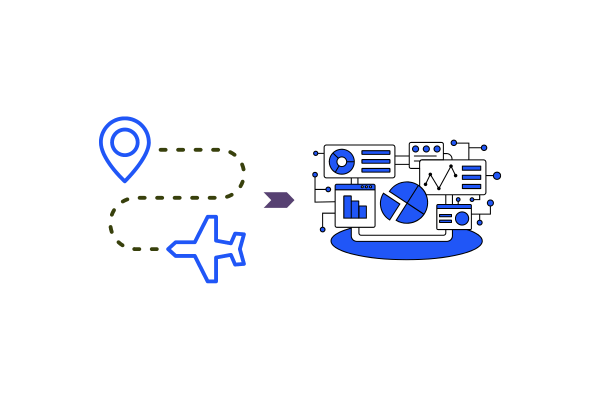How to Do Flight API Integration Into Your Website?
Integrating a flight API into a website can be a complex task. But without this, it’s not possible to create a successful flight website and a business.
Before we move forward, let us tell you what is Flight API, and why should you integrate it with your flight website.
A flight API refers to sets of protocols and rules that enable your website to access real-time flight data from airline systems, which is essential for providing accurate and up-to-date flight information to your website visitors.
Here are the steps to airline api integration into your website:
1. Choose a Flight API you need
The first step is to select a reliable flight API that suits your website’s specific needs is crucial for providing your visitors with accurate and real-time flight data.
There are several types of flight APIs we provide:
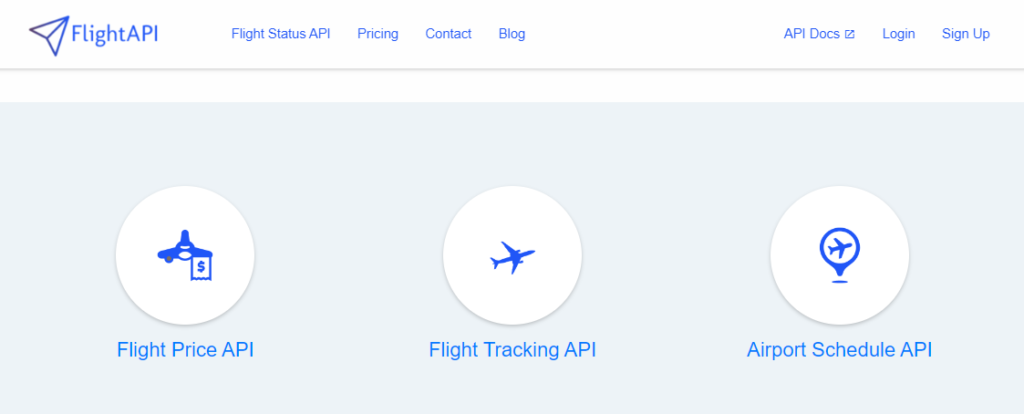
Flight Prices API: (for getting flight pricing and comparison data from reliable sources which helps you create effective airline pricing strategies.)
Flights Tracking API: (for tracking flight location and obtaining flight schedule data)
Airport Schedule API: (To access airport scheduling data and other airport-related information)
The first step towards selecting the right Flight Data API for your website is to identify which features you require in your flight website. Once you’ve determined your needs, the next step is to obtain an API key.
2. Get an API key:
To access flight API data, you need to obtain an API key, which is a unique identifier that allows you to access the API’s data. To get your API key, you can register here.
For registration, you will be required to provide certain information shown in the image below:
After registration, you will be landed on your dashboard and can find your Flight API.
3. Understand the API documentation:
Now, you have got your flight API key. But wait, don’t forget to read this API documentation before integrating the flight API into your website.
This documentation contains everything from how to get started with flight api, parameters, services, and sample codes.
4. Develop and test the API integration:
After choosing the integration method, the next step is to develop and test the API integration. This involves writing the code to access the API, retrieving the data, and displaying it on your website. It is essential to thoroughly test the integration to ensure that it works as expected and that there are no errors.
6. Customise the API content and design:
Once the API integration is working correctly, the next step is to customize the content, website design, and banner designs to match your website’s style and branding. This can involve selecting the specific data fields to display, formatting the data in a visually appealing way, and integrating the API seamlessly into your website’s design.
7. Ensure data security and compliance:
It is essential to ensure that your flight website is compliant with relevant data privacy and security regulations, such as GDPR or CCPA. You should also ensure that any personal data collected through the API is encrypted and stored securely.
In addition to data privacy and security compliance, it is also crucial to secure the data exchanged between your website and the flight API. One way to do this is to implement SSL (Secure Socket Layer).
These certificates encrypt the data transmitted between your website and the API, making it more difficult for hackers to intercept or access sensitive information.
If you have multiple subdomains on your flight website that need to access the flight API, a Wildcard SSL (Secure Socket Layer) certificate may be a good option. As this certificate will secure all your domains with a single certificate only.
8. Monitor and maintain the API integration:
Finally, it is crucial to monitor and maintain the API integration to ensure that it continues to work correctly and that any updates or changes to the API are reflected on your website. Regular monitoring and maintenance can help to identify and fix any issues before they become critical.
Final thoughts:
Integrating a flight API into your website can provide significant benefits, such as real-time flight data and improved user experience. However, it is essential to choose a reliable Travel API, thoroughly test the integration, and ensure compliance with relevant regulations to build a successful and secure online travel business.

